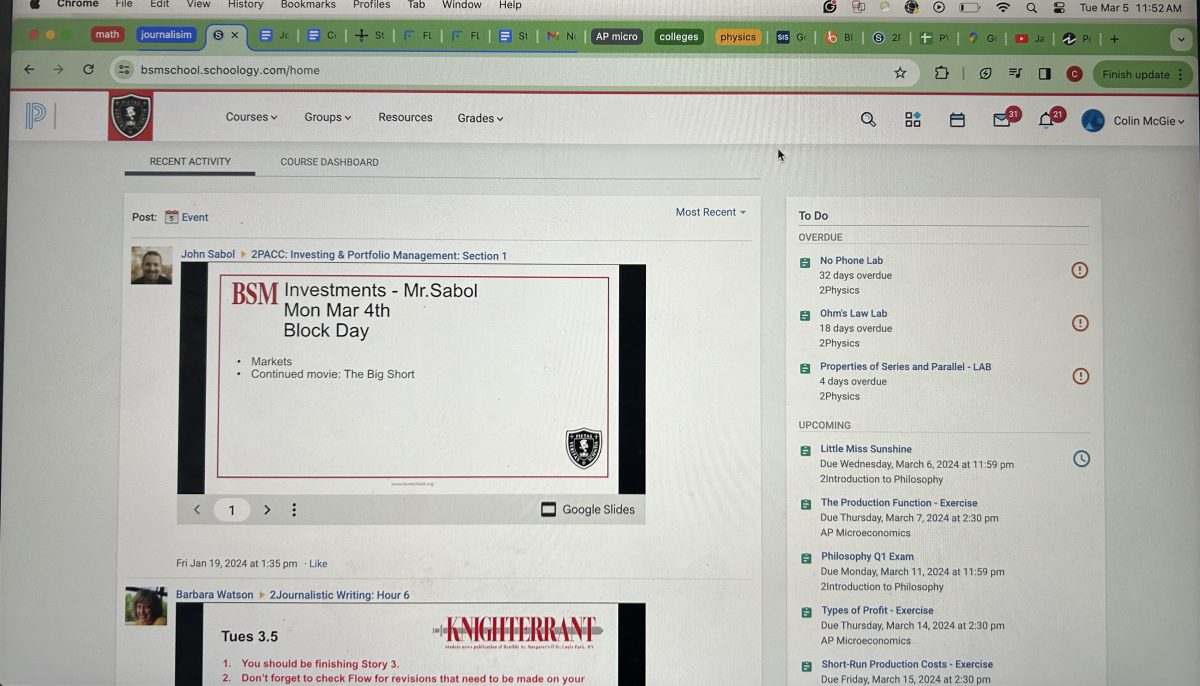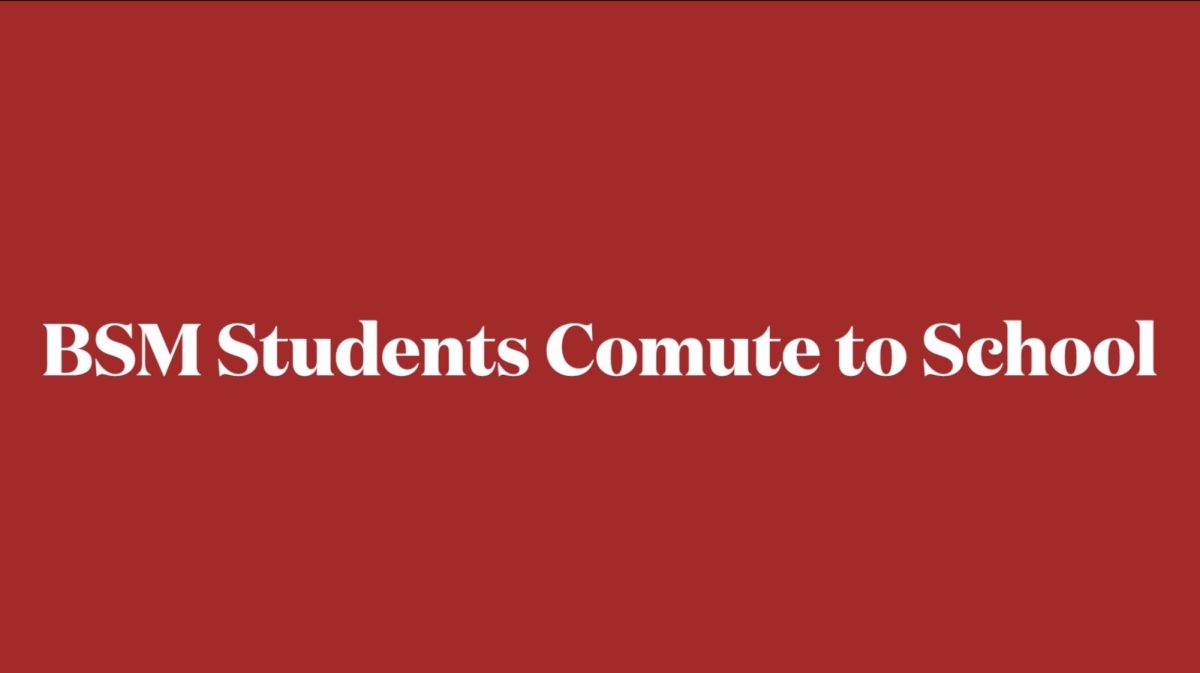Standardized testing is not an accurate measure of intelligence
You’re crammed in a room, that is most likely too hot or too cold. You’re surrounded by people you probably don’t know, and you’re taking a test you have never, or rarely, taken before. This mammoth five hour test you’re worrying about, be it SAT or ACT,will play a large part in determining the caliber of college you get admitted to, the scholarships you’ll receive to go there, and will give you a number out of 36 or 2400 that will tell you just how smart you really are.
The first standardized tests appeared in America during World War I as a means of placing U.S. Army recruits into military roles that suited their skills. Later the psychologists that created those tests created the Scholastic Aptitude Test, or SAT. The objective was to create a full-length test to judge the overall intelligence of a student applying to college. The ACT was later created in 1959 with a similar goal. The two tests today contain sections for reading, writing, math, and in the ACT, science.
The first of many flaws with the ACT and SAT is that entire subjects of the high school curriculum are simply brushed to the wayside. Social Studies, History, and for all intents and purposes, Science, are ignored, while topics such as advanced mathematics and English are elevated far above their real world relevance. Science, while technically included in the ACT, is reduced to reading complicated graphs and interpreting their results–– a tiny portion of what the field of science really amounts to.
Along with disregarding major mandatory high school topics, the tests also brush aside the multitude of electives that students could be strong in. Business, art, theology, engineering, and music are all amongst the subjects that are not included in the ACT or SAT.
The goal of standardized testing is not to find out how well you think through problems, or if you can express your opinions, or create a presentation, the goal is to find out what you were able to memorize
— Andy Hudlow
Furthermore, the weakness of the ACT and SAT shines through with it’s unfamiliar format. These tests are different from any other test any high school student has taken before. There are no true or false, there are no short answers, there are no maps to label, there are multiple choice questions, and that’s it.
The goal of standardized testing is not to find out how well you think through problems, or if you can express your opinions, or create a presentation, the goal is to find out what you were able to memorize. The more inconsequential details you can churn out the smarter colleges will perceive you to be. The intense effort it takes to truly perform well on these tests means that students have less and less time to focus on their actual schoolwork in the hardest years of high school.
Both the ACT and SAT are intended to be taken towards the end of junior year or the beginning of senior year; times filled with AP classes and extremely high levels of stress. To expect the average student to manage their already challenging schedule while simultaneously studying for the ACT or SAT is unrealistic and unfair.
If parents and education officials are searching for ways to lower stress levels of high school students, they need to look no further than reducing the pressure placed on students over standardized testing. Tests such the ACT and the SAT serve only as stressors to students, without achieving their goals of giving colleges an accurate representation of the skills and knowledge they can offer. Students should focus on developing their own intelligence and learning information relevant to their lives,life, wedding,etc. not memorizing the answers to a test that serves no discernible purpose.


















































Mason Welch • Nov 3, 2017 at 10:20 am
Where are the sources for this paper?
Dan • May 30, 2017 at 10:43 pm
I have always done poorly on timed section tests. This year I have been under emense stress emotionally and academically. I scored a 17 out of 36 on my ACT and I am deeply worried that this may reflect my intellectual capabilities, thus I am not proficient enough to make it in college according to the test. Any thoughts?
Amy • Feb 16, 2017 at 12:47 am
Standardized tests may be part of the landscape, but we don’t have to shrug our shoulders and resign ourselves to having them around. We should work to get rid of them. Share information about their shortcomings and damaging effects. Choose schools and programs that don’t require them. Build up pressure on educational policy to get rid of them.
Jonathan • Nov 22, 2016 at 4:26 pm
I first took the SAT in the fall of 2015 and got a 1660. I then took the new SAT twice and got an 1150 and a 1200 without doing any extra studying or anything. How is this reliable? Numbers should not define people and colleges should not hold scores to as high of a standard.
Jade • Aug 17, 2016 at 1:43 pm
Well we can all agree that Standardized tests don’t decide what kind of person you’re going to be or how intelligent one is, but it DOES decide what college you get into. The fact that this article tells parents and students to not be concerned about the SAT or the ACT is a little ridiculous. The fact of the matter is that despite peoples’ opinions, the results of those tests are what matters to those colleges. So despite our identity and skills, that number decides what our future will be. Until something happens, until we stop ranting online and start fighting for a change and for different tests or procedures to decide who gets into what college, that test will be a students’ main concern and cause of stress.
David • Dec 8, 2015 at 11:18 am
I spent 100 dollars a week trying to improve my score by spending 2 hours on Tuesday nights for tutoring. I ended up going down 4 point and I have since discontinued with the help. Einstein failed forth grade math and that didn’t’ stop his brilliance. The ACTisa huge money making machine and I think colleges are wrong to buy into it
Vadik Vasili • Jul 24, 2015 at 2:32 am
I agree as well. These tests are nothing more than a long list of trick questions and irrational thoughts. I have yet to take these tests, and from what is predicted, I am to receive no higher than a 20 on the ACT and a 1300 on the SAT. This insults me, and in no way is this an adequate measure of my intelligence! I’m already fully fluent in both Russian and Spanish from independent studies, and teachers consider me one of the best students they’ve had in their careers! Sadly, due to these biased tests, colleges will never truly get to encounter the real me before deciding my fate, but rather dissect what I look like on piece of paper that lists a few ridiculous numbers!
Alessio Ventura • Jul 1, 2015 at 10:22 pm
I have a very successful career as an engineer and computer scientist. My highest degree obtained is an MS from a top technology university. I plan to study for my PhD in Computer Science in the near future.
I never did particularly well on ne SAT, ACT, or GRE. However, my grades in HS, college, and graduate school were outstanding (straight As, 4.0 GPA). When universities considered my applications, they put more weight on my grades and my extra-curricular activities than they did on the standardized test scores.
You have to remember, standardized tests are a huge industry. Many people and groups stand to make money from application of these tests. Think of all the high school students and college students across the world who take standardized tests every month and the fees associated with taking the tests..that’s a huge sum of money.
Bottom line is, you can be very successful in life without scoring high on standardized tests. Do well in your course work, do extra-curricular activities, stay out of trouble, and become a good communicator (writing, speaking,esp. public speaking, listening), and most ofall, beleve in yourself.
Chase Fragoso • Apr 11, 2015 at 12:11 am
I agree with you 100% I also have not been able to achieve a score higher than 23 while one of my friends attained a 35. This made me feel somewhat depressed and unsure of myself because I know I am smarter than what the ACT shows. This article explains perfectly what I have been thinking and how the neither the ACT or SAT demonstrate a students ability to create or express their imagination. Much of the ACT is far more complicated than it really is and I feel that with only logic and straight answers to go by, a standardized test can never truly show a students full potential
Mike • Mar 24, 2015 at 3:17 pm
The trouble being that this is the current means by which students qualify to the next level of their education. So one can philosophically argue against its merits and the arguments are more than likely valid but that doesn’t change the fact that, for the foreseeable future, this is how you progress or not as the case may be. You may not like the fact that the sun rises in the east, but it does so that’s that. Similarly, since this is the standard, one has little choice than to try to cater for it.
Maegan Magruder • Feb 5, 2015 at 12:28 pm
I couldn’t agree more. I don’t think that today’s youth should be defined by a test score. We should be defined by our actions and personalities and not what test and a machine tell us. We are not our test scores. I am better than any test you could EVER put in front of me.
Brent • Jan 13, 2015 at 9:29 pm
The highest score that I have been able to attain is a 23. I do NOT believe that this score defines ME. I have some friends who have received 30’s on the ACT and then there’s my 23. Does this score mean that I, a determined and ambitious student, won’t be able to make it through college or become a doctor like i have wanted to from a young age? I don’t believe so.